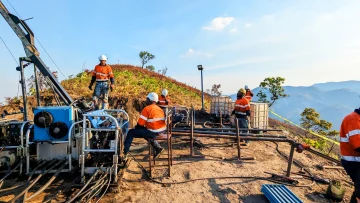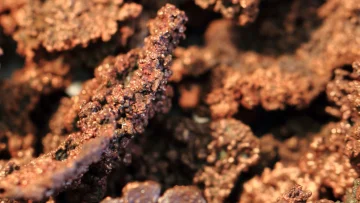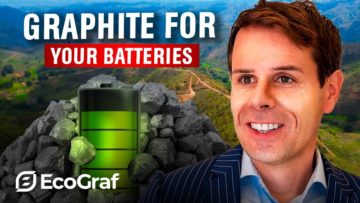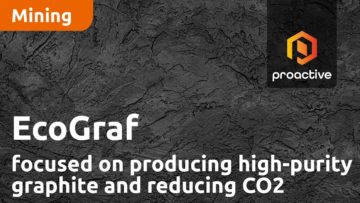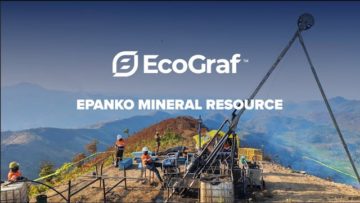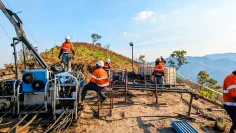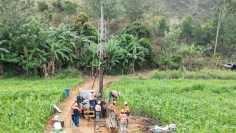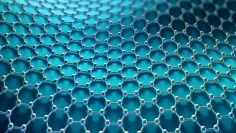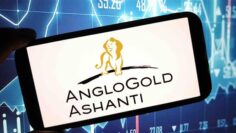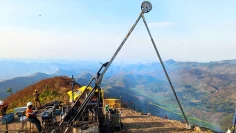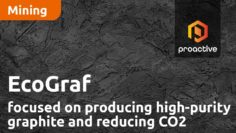Excellent cycling stability exhibited
EcoGraf Limited’s (ASX: EGR; FSE: FMK; OTCQB: ECGFF) HFfree™ process recovers recycled graphite from end-of-life lithium-ion batteries in an environmentally friendly way and performs just as well as fresh anode graphite. This is the conclusion of a German government-funded study by the two Helmholtz Institutes in Freiberg and Ulm, which compared the electrochemical performance of recycled EcoGraf HFfree™ graphite with a range of commercial battery graphite products. The electrochemical performance of the graphite recovered from end-of-life lithium-ion batteries equalled that of brand-new commercial anode graphite, even after 1,000 charging cycles.
Just a few days ago, Ecograf and BASF announced their co-operation in anode recycling. The agreement ensures that EcoGraf will support BASF’s recycling R&D in Europe with its anode recycling capabilities (see announcement of 21 February 2024 titled “Collaboration with BASF on anode recycling”).
EcoGraf contributed to the Helmholtz Institutes’ research programme with its environmentally friendly HFfree process and purified the recovered graphite particles to battery quality. The study focussed on the recovery and purification of graphite from spent lithium-ion batteries and involved a mixture of NMC and LCO battery chemicals. Froth flotation was used to successfully recover the graphite from the black mass and the resulting concentrate was purified using EcoGraf HFfree™ technology.
Structure and morphology of recycled graphite essentially unchanged compared to pure commercial anode graphite
It was found that the structure and morphology of the recycled graphite is essentially unchanged compared to pure commercial anode graphite, and despite some minor impurities from the recycling process, the recycled graphite offers a remarkable reversible specific capacity of more than 350 mAh/g. More importantly, newly assembled cathode cells made of recycled graphite and Li[Ni0.5Mn0.3Co0.2]O2 (NMC532) exhibit excellent cycling stability with 80% capacity retention after 1000 cycles, i.e. comparable to the performance of reference full cells made of pure commercial graphite. Further refinements to the electrolyte composition resulted in remarkable stability, as evidenced by negligible capacity loss and consistent performance during extended cycling tests. The detailed results can be read in the published paper: https://onlinelibrary.wiley.com/doi/10.1002/cey2.483
Despite the positive results, Ecograf is working on further process optimisation. One of EcoGraf’s innovative strategies is to blend recycled graphite with high-quality graphite from Tanzania for the production of anodes, driving sustainable battery solutions and ensuring high performance in lithium-ion cells.
The company plans to soon commission the world’s first product qualification facility for HF-free battery anode material (PQF) in Western Australia, which has the added benefit of utilising the EcoGraf HFfree™ process for anode recycling. The PQF was developed in response to requests from EV and battery manufacturers for EcoGraf HFfree™ products as part of qualification programmes to support the planned development of commercial scale battery anode material purification facilities for the global battery markets.
Conclusion: EcoGraf is actively working to develop solutions for the recycling of anode waste and leached black mass from end-of-life batteries, contributing to the circular economy and waste minimisation in the battery industry. EcoGraf believes that this recycling opportunity will fundamentally change the dynamics of the battery supply chain, leading to a significant reduction in CO2 emissions and a reduction in the overall cost of battery production. The company is thus in a unique position to fulfil the EU Commission's requirements for the recycling of lithium-ion batteries. Ecograf could clearly become a pioneer in the transition to efficient circular production.
Disclaimer: GOLDINVEST Consulting GmbH offers editors, agencies and companies the possibility to publish comments, analyses and news on https://www.goldinvest.de. These contents serve exclusively the information of the readers and do not represent any kind of call to action, neither explicitly nor implicitly they are to be understood as an assurance of possible price developments. Furthermore, they in no way replace an individual expert investment advice, it is rather promotional / journalistic publications. Readers who make investment decisions or carry out transactions on the basis of the information provided here do so entirely at their own risk. The acquisition of securities, especially with shares in the penny stock area, carries high risks, which can lead to a total loss of the invested capital. The GOLDINVEST Consulting GmbH and its authors expressly exclude any liability for financial losses or the content guarantee for topicality, correctness, adequacy and completeness of the articles offered here. Please also note our terms of use.
According to §34b WpHG and according to Paragraph 48f paragraph 5 BörseG (Austria) we would like to point out that principals, partners, authors and employees of GOLDINVEST Consulting GmbH hold or may hold shares of Goliath Resources and therefore a possible conflict of interest exists. We also cannot exclude that other stock letters, media or research firms discuss the stocks we recommend during the same period. Therefore, symmetrical information and opinion generation may occur during this period. Furthermore, there is a consulting or other service contract between Goliath Resources and GOLDINVEST Consulting GmbH, which means that a conflict of interest exists.


